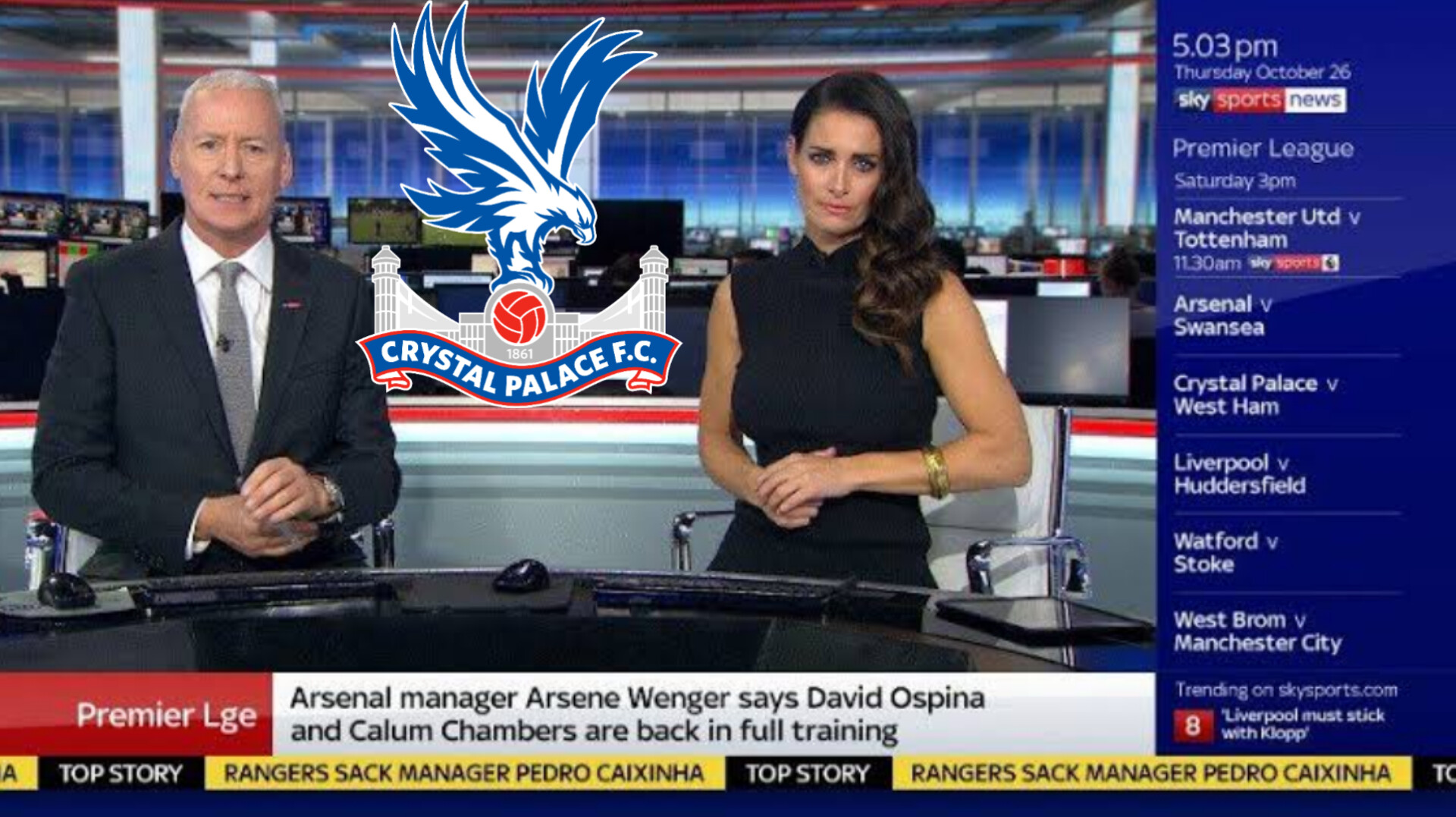Crystal Palace’s Set-Piece Prowess: A Tactical Breakdown**
**Crystal Palace currently sit 12th in the Premier League table**, having accumulated **36 points from 27 matches**. Their season has been defined by a **balanced record**—winning, drawing, and losing **nine matches each**. Under **Oliver Glasner**, they have scored **35 goals** while conceding **33**, statistics that at first glance seem unremarkable. However, a deeper dive reveals that Palace have developed a **significant strength in set pieces**, making them one of the most effective teams in the league in this area.
Second-Highest Set-Piece Scorers in the Premier League**
One of the standout aspects of Palace’s season has been their **dead-ball efficiency**. Of their **35 league goals**, **12 have come from set pieces**, meaning **nearly 35%** of their total goals have been scored this way. This makes them the **second-highest set-piece scorers** in the Premier League, just **one goal behind Aston Villa (13)**.
Villa’s **proficiency in set plays** is well documented, thanks in large part to **Austin MacPhee**, their specialist set-piece coach, and **Unai Emery’s tactical emphasis** on dead-ball situations. However, Palace **ranking just behind them**—and ahead of elite sides like Arsenal—might come as a surprise to many.
Not Just Luck: Palace’s Underlying Set-Piece Strength**
Some might dismiss this as a statistical anomaly, but Palace’s **set-piece success is no accident**. Their effectiveness goes beyond just the number of goals—they have attempted **120 shots from set plays**, the **highest in the league**.
This attacking intent translates to an **expected goals (xG) tally of 11.41 from set pieces**, placing them **third in the league** behind **Arsenal (12.96) and Aston Villa (12.55)**. This suggests that Palace are not only **scoring at a high rate** from set plays but are also **consistently creating high-quality opportunities**.
Palace’s Tactical Approach to Set Pieces**
Palace’s success in this area stems from **well-drilled routines** designed to **disrupt zonal defenses** and create **goal-scoring opportunities in crowded penalty areas**.
Exploiting Gaps Behind Zonal Defenders**
One of their go-to strategies involves positioning **two or more players behind the zonal defensive line**, often featuring **Jean-Philippe Mateta** as a key target.
For instance, in a match against **Brighton**, Palace faced a defensive setup consisting of:
– **Four zonal defenders**
– **Four man-markers**
– **A short-option defender**
– **A player positioned on the edge of the box for rebounds**
Palace countered this setup by positioning **two attackers between the goalkeeper and the zonal line**. As the play unfolded:
– **Mateta moved toward the first zonal defender**, forcing him into a decision—either track an advancing attacker or **stay in position**.
– **A second attacker mirrored this movement**, targeting the second zonal defender.
– **A third attacker made a run toward the near post**, drawing additional attention and disrupting the defensive shape.
This tactical overload resulted in a **linearization of the zonal line**, allowing Palace’s attackers to **gain positional superiority at the near post**. Mateta, as the primary aerial threat, was in a position to **flick the ball on or capitalize on a loose rebound**.
Adjusting to Defensive Countermeasures**
Palace’s flexibility ensures their set-piece routines remain effective even when teams **adjust their defensive structures**.
For example, in a match against **Fulham**, the opposition sought to counter Palace’s near-post overload by positioning **seven zonal defenders**, along with:
– **Two man-markers near the penalty spot**
– **A player stationed to defend against second-ball situations**
Rather than being deterred, Palace **adapted by stacking four players behind the zonal line**, forcing Fulham’s defenders into difficult choices:
– One attacker **applied pressure on the first zonal defender** before **retreating into space**, opening a potential passing lane.
– Another attacker’s movement **forced the third zonal defender into an uncomfortable dilemma**—step forward to close the gap or remain deeper to track his marker.
– A supporting runner moved into position **to frame the goal**, ensuring any flick-ons or rebounds could be capitalized upon.
By **forcing zonal defenders into reactive positions** and **disrupting their structure**, Palace have developed a **repeatable and effective** set-piece system.
Conclusion: A Set-Piece Force to Be Reckoned With**
Palace’s set-piece prowess is no coincidence—it is **a product of meticulous planning, execution, and adaptability**. Their ability to **consistently create high-quality chances** from dead-ball situations has made them one of the **Premier League’s most dangerous teams** in this aspect of the game.
While they may currently sit **mid-table**, their **set-piece efficiency** has been a **crucial asset** in securing vital points. Moving forward, if they can **continue refining their approach**, this strength could prove decisive in their push to climb further up the standings.
“REVEALED: Glasner’s SECRET WEAPON that has Premier League TERRIFIED! Crystal Palace’s SET-PIECE MASTERPLAN turning average players into SUPERSTARS! Top coaches DESPERATE to copy this genius tactic!”
“REVEALED: Glasner’s SECRET WEAPON that has Premier League TERRIFIED! Crystal Palace’s SET-PIECE MASTERPLAN turning average players into SUPERSTARS! Top coaches DESPERATE to copy this genius tactic!”






